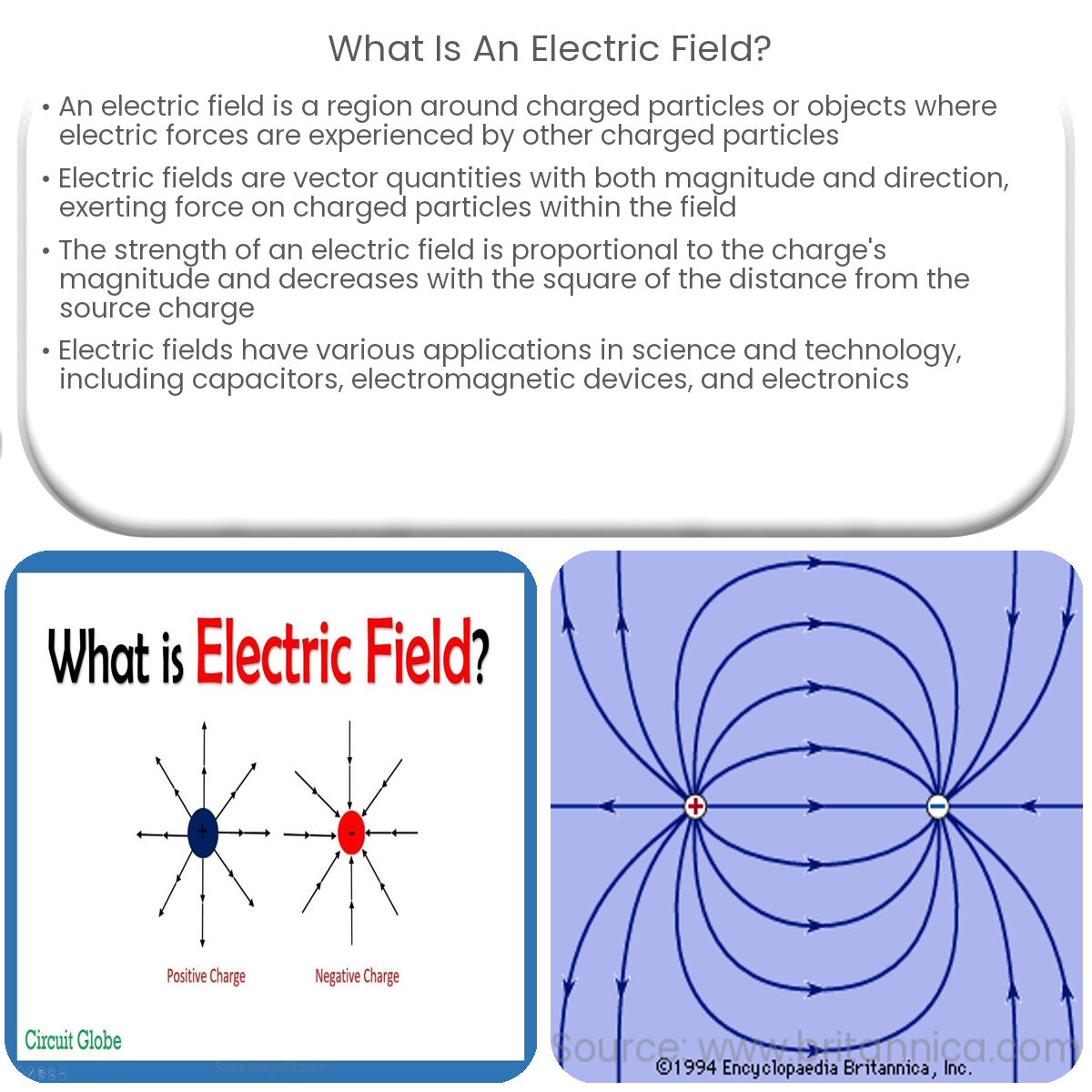An electric field is a region around a charged particle where other charged particles experience an electric force, influencing their movement.
Introduction to Electric Fields
An electric field is a region around a charged particle or object where an electric force is experienced by other charged particles. Electric fields are essential for understanding how charged particles influence their surroundings and are a fundamental concept in electromagnetism and electrostatics.
Characteristics of Electric Fields
Some key characteristics of electric fields include:
Calculating Electric Fields
The electric field (E) created by a point charge (q) can be calculated using the following formula:
E = k * |q| / r2
Where:
Superposition Principle
In situations with multiple charged particles, the electric field at a point is the vector sum of the electric fields created by each individual charge. This concept is known as the superposition principle.
Electric Field Lines
Electric field lines are a visual representation of electric fields, showing the direction and relative strength of the field. The lines point in the direction of the force on a positive test charge and are denser where the field is stronger. Field lines never cross, as the field can have only one direction at any point.
Applications
Electric fields have various applications in science and technology:



